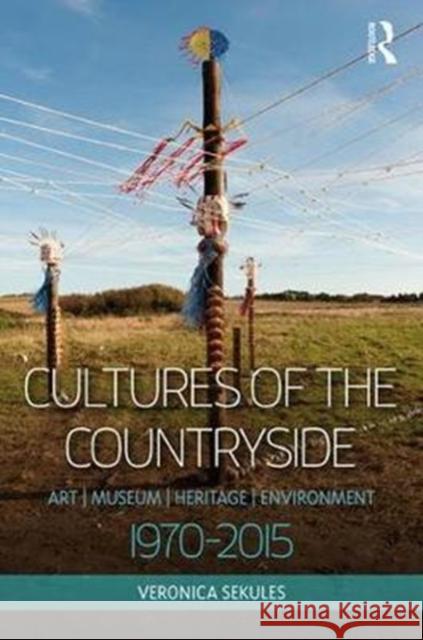Cultures of the Countryside: Art, Museum, Heritage, and Environment, 1970-2015 » książka
Cultures of the Countryside: Art, Museum, Heritage, and Environment, 1970-2015
ISBN-13: 9781472423467 / Angielski / Twarda / 2017 / 298 str.
Cultures of the Countryside: Art, Museum, Heritage, and Environment, 1970-2015
ISBN-13: 9781472423467 / Angielski / Twarda / 2017 / 298 str.
(netto: 694,26 VAT: 5%)
Najniższa cena z 30 dni: 654,86 zł
ok. 16-18 dni roboczych.
Darmowa dostawa!
This book traces the relationship between the museum and the micro-cultures of the countryside over the last 50 years. The period is one of extraordinary tensions and change for the countryside, as it has experienced widespread agricultural mechanisation, rural depopulation and changing demographics, the growth of environmental activism, and the development of the heritage industry. Global issues such as the political and social imperatives to tackle population growth and climate change have led to an increasing sense of a distributed responsibility for the world's welfare with strong local implications. Through all of this, the countryside is ever more under pressure, and of increasing importance as a healthy provider of more and more resources. How are these competing histories, visions and politics represented in the museum and most particularly in the way it educates and communicates? The responsibility to its locality is one of the fundamental qualities and purposes of the museum. Is there room for the museum to engage actively not only in reflecting cultures but in shaping them? What are the opportunities for the import of other potential stories, visions, means of understanding, and how is this happening? This book will outline some museum and artistic projects and enterprises which are attempting to introduce new ways of investigating, learning and creating cultures though engagement between localities, objects and people. At the core of the book is a description and analysis of findings from an East Anglian project, 'The Culture of the Countryside', which explored methods for starting with world art as a means for new cultural understandings to be formed and from which themes emerged which were closely bound to different countryside landscapes, peoples and heritage.











